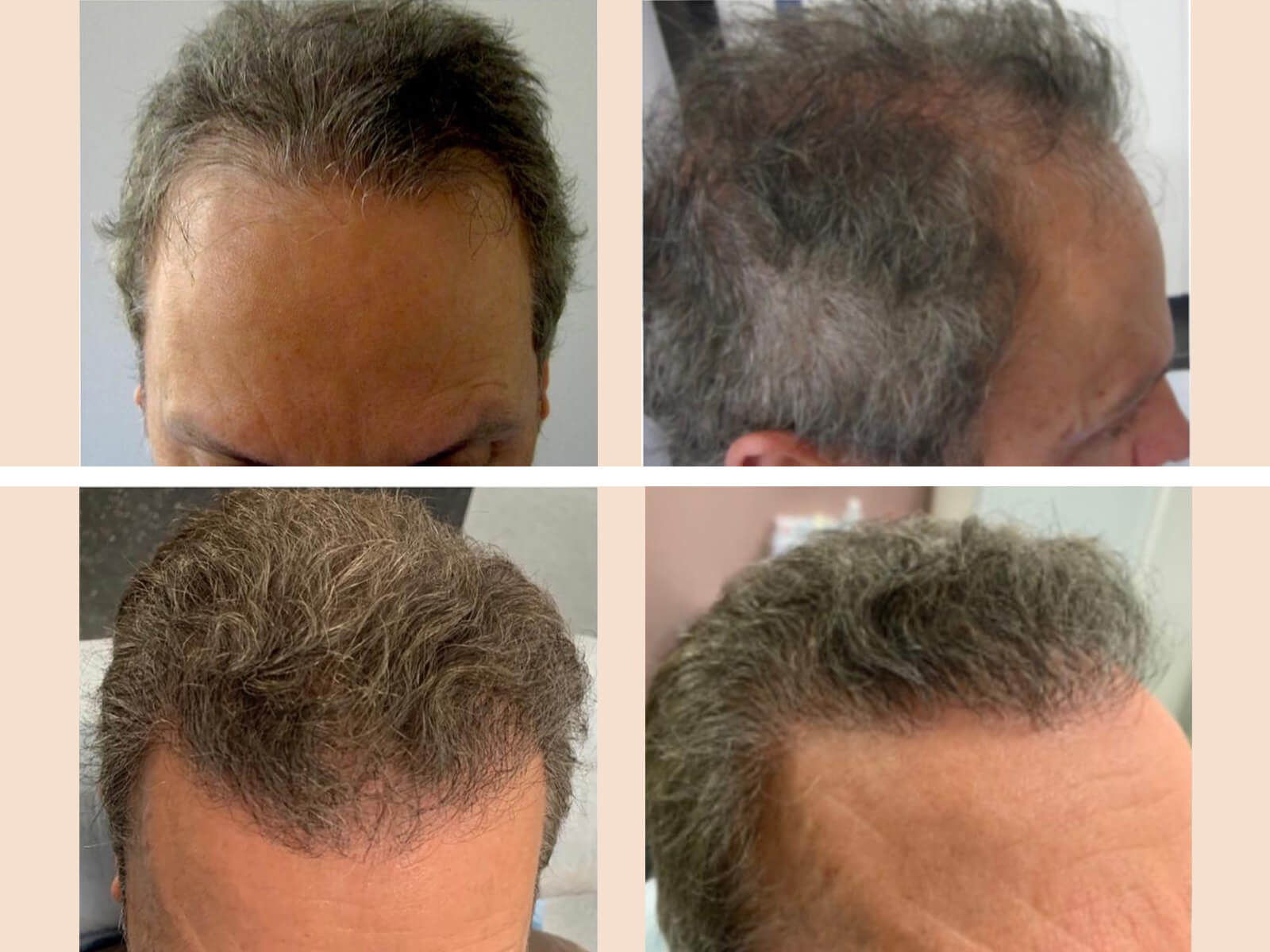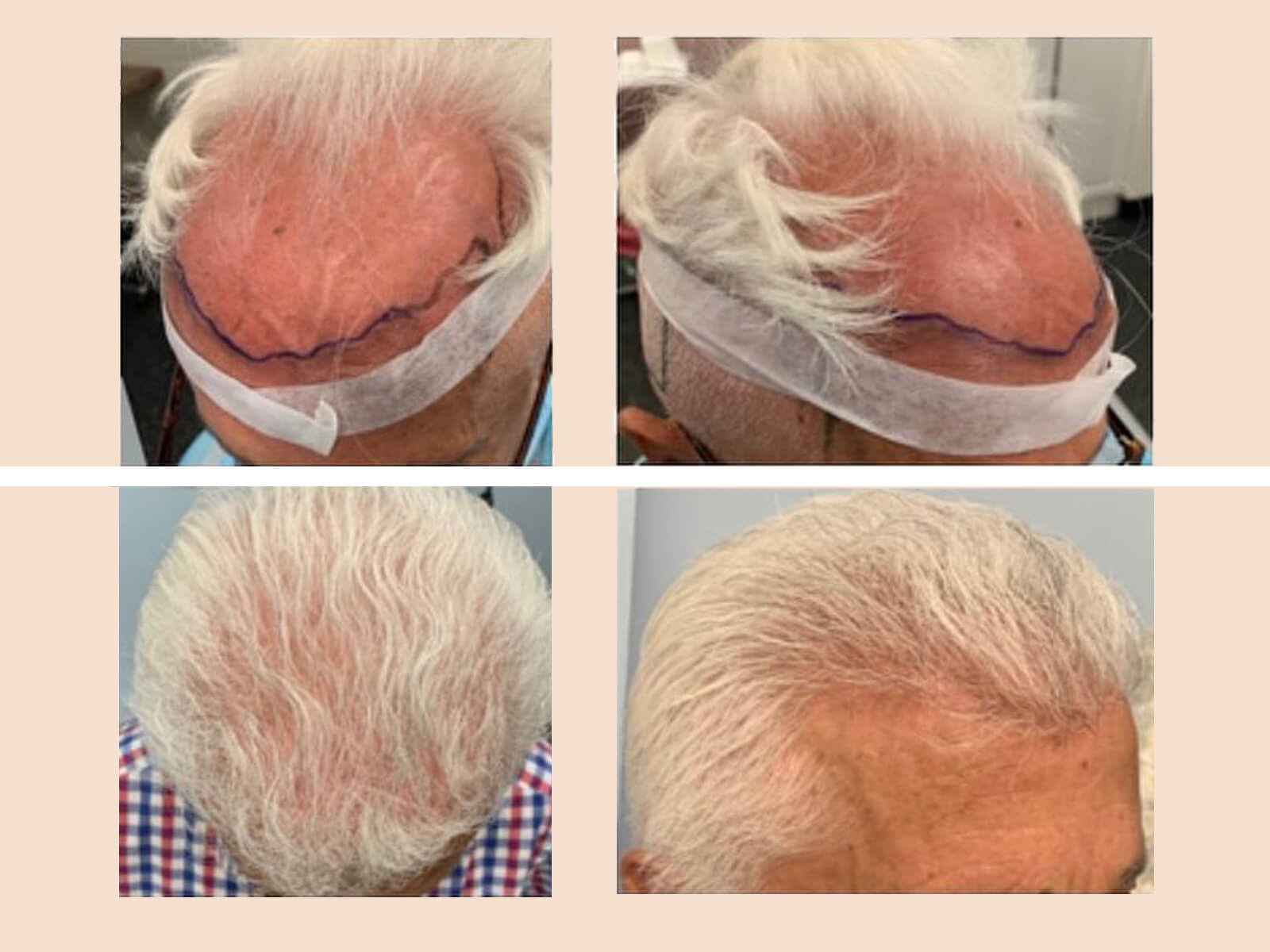Hair Procedures
Hair Transplant
A hair transplant procedure may be the right solution to restore your hair and regain confidence.
This advanced procedure, performed by Dr. Forouzanpour, relocates healthy hair follicles from a donor area, usually the back or sides of the scalp, to thinning or bald spots, creating natural-looking, and long-lasting results.
Photo Gallery
Hair Transplant: Before & After Photos
Why Choose a Hair Transplant?
A hair transplant offers a permanent and natural way to address hair loss. Dr. Forouzanpour uses advanced techniques to ensure that results blend seamlessly with your existing hair. This procedure can be paired with PRP, hair-specific supplements, topical minoxidil, and low-level laser therapy (Theradome® helmet) for enhanced hair regrowth and scalp health.
Your Consultation
Your journey begins with a personal consultation with Dr. Forouzanpour. He will take the time to understand your hair loss concerns, medical and hair loss history, family history, and desired outcome. During this session, factors like medications (especially blood thinners), smoking habits, and overall scalp health will be assessed, and questions will be answered.
The Ideal Candidate
A hair transplant could be the right choice if you:
- Are a healthy adult with sufficient donor hair
- Have a receding hairline, thinning hair, or bald patches
- Maintain good scalp health and overall nutrition
- Does not smoke
- Have realistic expectations about the procedure’s results
The Procedure
- Donor Area Preparation – The donor site is cleaned and numbed with local anesthesia to ensure comfort.
- Graft Harvesting
- FUT: A thin strip of scalp containing hair follicles is removed and carefully dissected into individual hair grafts. The donor site is then sutured, leaving a minimal linear scar.
- FUE: Individual follicles are extracted using a specialized micro-punch tool, leaving tiny, nearly invisible scars.
- Recipient Site Preparation – Small stab incisions are created in the areas experiencing hair loss, following your natural hair growth pattern and direction.
- Graft Placement – Each follicle is meticulously placed to create a fuller, and natural appearance.
FUT (strip method) is often used for women due to a more even thinning hair pattern, while FUE may be ideal for eyebrow or eyelash restoration and male clients.
Recovery
- Mild swelling and bruising typically subside within 3-5 days.
- Crusting around the graft sites may occur and will naturally fall off.
- Avoid washing the treated area for 5-7 days post-procedure.
- Transplanted hair may shed within 2-4 weeks before regrowing within 3-4 months.
- Full results become visible within a year.
- Normal activities can resume within a week, while strenuous activities should be avoided for 2-3 weeks.
have a question?
Hair Transplant: Frequently Asked Questions
How long does the procedure take?
The procedure may take 4 to 8 hours, depending on the number of grafts needed.
Is the procedure painful?
The discomfort is minimal after administration of local anesthetic and oral sedative. Some mild soreness may occur post-procedure, typically lasting a few hours to a day.
What are the common side effects?
Temporary swelling, redness, or “ingrown” hair at the rafting site can occur. Some patients experience folliculitis (inflammation of hair follicles) or shock loss (temporary shedding of original hair in the treated area), which usually resolve on their own.
Can a hair transplant be combined with other treatments?
Absolutely! Many patients choose to enhance their results with PRP therapy, which stimulates follicle growth, or Theradome® laser helmets, which provide at-home support for stronger, healthier hair.
Dr. Forouzanpour and his team are here to guide you through every step of the process. Schedule a consultation today to explore how a hair transplant can help you achieve your hair restoration goals!





